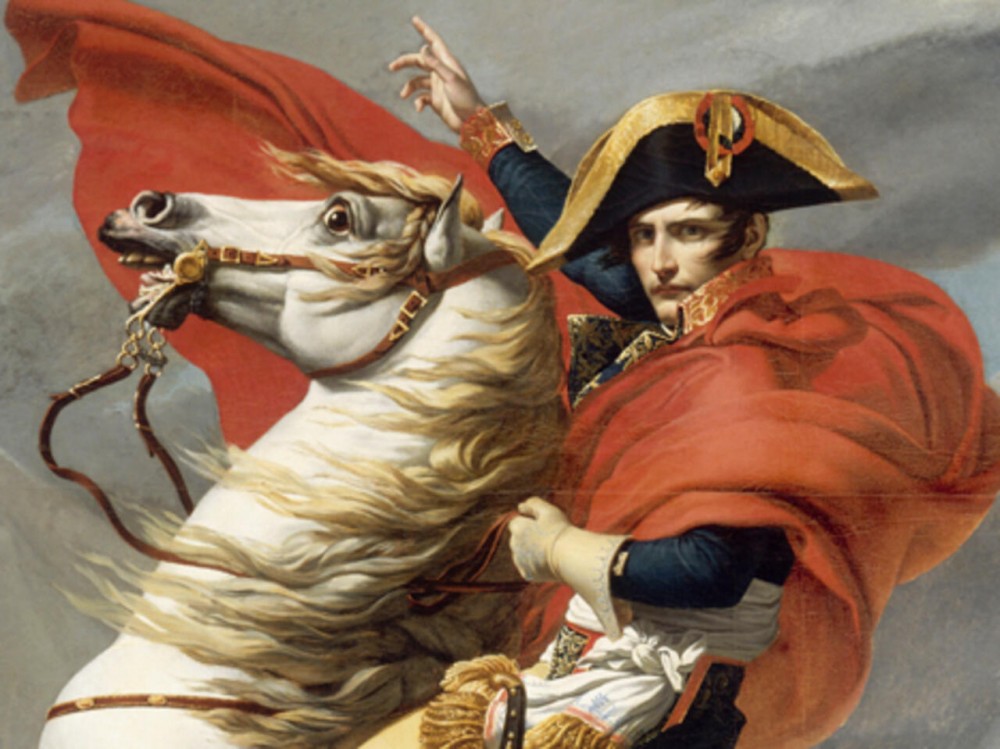
Napoleon’s invasion of Russia 100th and 200th anniversaries became defining points in the emergence and evolution in the Ukrainian humanitarian discourse of an ambivalent image of Napoleon — the «good» Liberator and the «cruel» Conqueror. For the first time in historiography, the article examines the phenomenon of the Ukrainian national way of narrating about Napoleon. The main emphasis is on the narrative’s content, characteristics, causes of its emergence, ideological dichotomy, long-term intellectual tendencies in its construction. The research sources were publicist and scholarly works, which appeared over the one-hundred-year period written by such authors as, for example, Ivan Franko, Volodymyr Stepankivskiy, Mykhailo Tyshkevych, Il’ko Borshchak, Isaak Trotsky, Dmytro Dontsov, Vitaliy Sarbey, and others. The historiographical base includes recent critical works (Vadym Adadurov, Oleg Zakharchuk, Serhii Potrashkov), which deconstruct the generally accepted approach in Ukraine in highlighting the image of the French emperor, as well as general developments in ethnonational, and in particular historical, mythology. The analysis is based on the theoretical models of Jerzy Giedroyc, Victor Schnirelman, Gilbert Durand. The main research methods used in the study are comparative analyses (since similar manipulations with the image of Napoleon took place in other national his-toriographies of Eastern Europe) and imagology. The result clarified the current trend towards hybridizing Napoleon’s image, i.e., an uncritical combination of contra¬dictory features borrowed from Ukrainian state and Soviet traditions. Thus, we can consider the Ukrainian vision of the French emperor’s figure as a marker of the historical experiences of several generations of Ukrainians, the influence of ideologies, and significant political events, such as world wars, revolutions, and reestablishment of independence in 1991.
Source: Adadurov V. (2022). Friend and Foe: How Ukrainians Were Inventing Their Napoleon. Ukrainian Historical Review. 1: 49–62
Source web-site: https://uhr.ucu.edu.ua/index.php/chasopys/article/view/6/17
Number of views: 1597